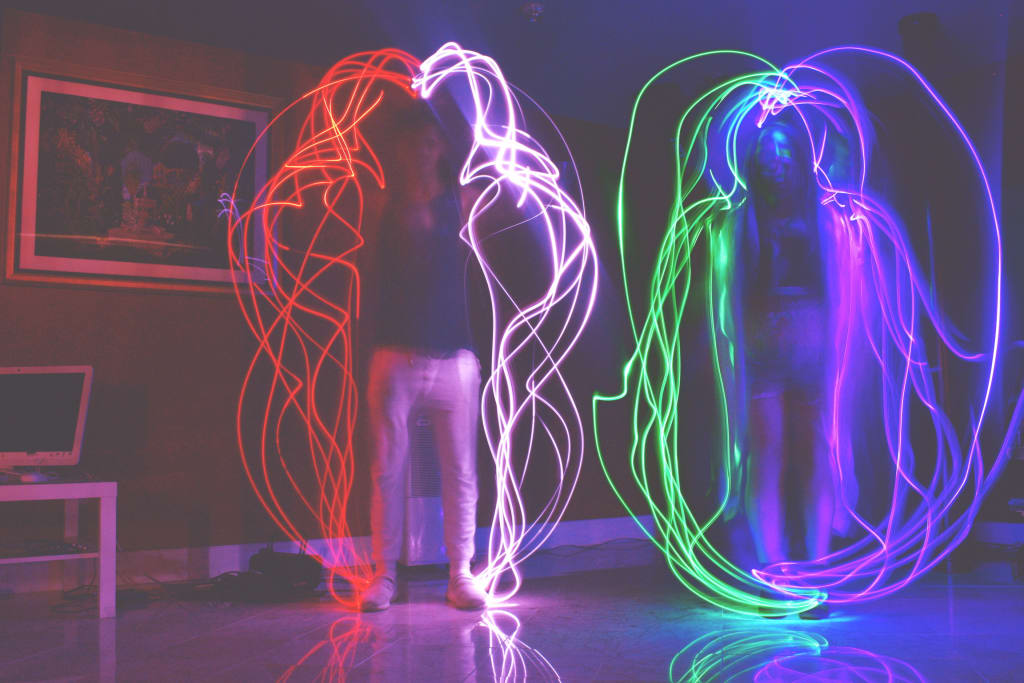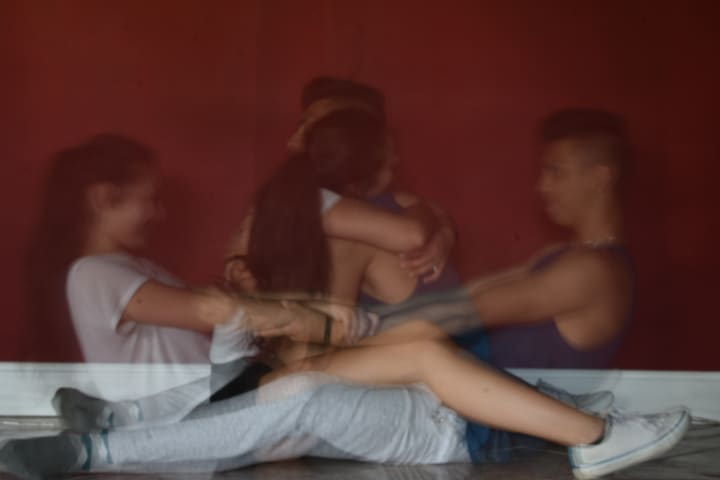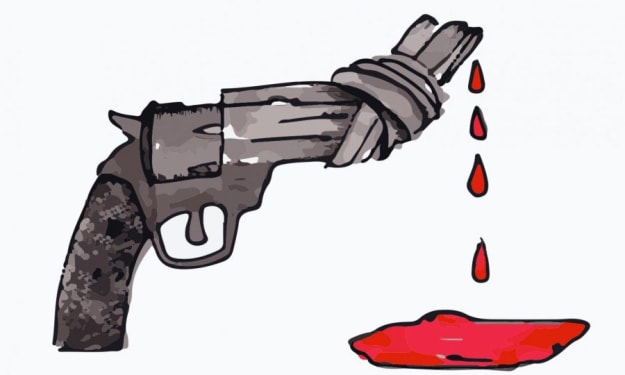How to Take Stop Motion Photography
Ghost Mode, Light-Writing, & Stop Action

Pictures are everywhere now, blazoned across the internet. So why not learn how to take a few eye-popping ones as well and hop in on the trend?
In this article, I will be explaining to you guys how to take three different types of photographs, all which are categorized under "Stop Motion" pictures.
Stop Motion includes taking a picture of a motion without a blur, or a motion over a long period of time.
The three types of these are:
- Ghost Mode
- Light Writing
- Stop Action
Of course there are other types that fall into these categories too, but for the sole purpose of this article, I will be discussing those three.
I will be keeping these explanations brief as I do not want the instructions to be overwhelming and confusing. So, let’s get on with it!
Ghost Mode

Photo taken by Katie Greiser — Ghost Mode
Ghost Mode is a picture of a motion over a long period of time. This means that the shutter speed will have to be a bigger number rather than a small number.
This technique takes a little bit of experimenting to find the perfect amount of time you need to set the shutter speed at.
First, set your camera onto the Shutter Priority Mode. This is symbolized by the letters S or TV.
This will allow the camera to control everything else while you’re in control of the shutter speed.
Shutter speed is simply how long the camera is being exposed to light, or how long it is taking the picture.
Now, for ghost mode, the camera must not be held. This is very important. Put it on a tripod or anything that will keep it sturdy.
Position the object, or people, you want to appear ghostly in front of the camera.
Depending on how well lit the room is will depend on how long you should put the shutter speed for.
Notice I said room. You cannot do this outdoors because the sun is too much light and the photo will appear all white.
With my photos, I usually have my shutter speed at 6-10 seconds. This is where the experiment part comes in where you may have to try different time settings.
The darker the room, the longer you want to set your shutter speed.
So, whatever time you choose, you will split it in half. It sounds confusing, but I’ll explain.
Say your shutter speed is six seconds. If you want the person to be very faded, keep them in for three seconds and then move them out of frame for the other three seconds.
If they need to be more defined, you may have to do four seconds and two seconds.
This is where the experimenting process comes into play. This part can be frustrating, but the end result is awesome and totally worth it, I promise!
So there you have your ghost mode photo! Please note that 1/6 is NOT a slow shutter speed. Make sure your shutter speed isn’t a fraction, but a whole number.
Light Writing

This is one of my absolute favorite types of photographs. It’s so beautiful and actually quite easy once you get the hang of it.
For this, you will need to be in a dark place whether it’s in a dark room or outside at night. You will also need it to be on something sturdy and not moving. Even if you have the most steady hands, I promise you it will not turn out right.
We’re still going to be using the shutter priority mode for this. Light writing is actually a lot like ghost mode in the aspect of how to take the picture.
Once you’re in your dark setting and your camera is set on a sturdy place, you’ll set your shutter priority to about 15 seconds. Sometimes you’ll need to go 20 seconds and sometimes just 10 seconds.
The person, or people, who are moving the lights need to be moving them constantly without stopping for the entirety of the photo being taken.
That’s pretty much all to it! You can write cool things or just do pretty designs.
What I recommend doing is someone outlining their body with the lights. That’s what I did with my picture up above, it turns out so cool!
Stop Action

Photo taken by Katie Greiser — Stop Action
Stop action is quite different from the other two techniques. This is taking a photograph of a single motion rather than a prolonged motion. Despite that, you’re still using the shutter priority for this.
For this, your shutter speed will be a fraction, not a whole number. Put it to the lowest it can go. Mine is 1/2500 but some only go to 1/250. This is totally fine.
That’s basically all there is to it. Start snapping away! It’s fun to catch flips or jumps; sometimes it’s funny seeing people’s faces while performing these actions!
What I do strongly recommend is to do this OUTSIDE. I first took these inside and they did not turn out well. This is because not enough light was coming through in order to take the photo.
If your photos are appearing dark and blurry, you may need to turn up the ISO or just go outside and take your photo, which is what I had to do.
Please note a stop action photo has NO blur to it. The subject should be a crisp image.
I am more than happy to share what I have learned about photography over the past years with all of you!
I would like you guys to know that the photos I have shared obviously have been edited after being taken! I use Adobe Photoshop CC 2018 for all pictures I take and it’s really easy to learn and a great tool to add some pizzazz to your photos!
Thank you for reading this and I hope it really helps you find new ways and techniques to add some emphasis to your pictures.
I would LOVE to see what pictures you guys have taken with the use of this article, so feel free to message them to me through Instagram! Mine is @katiegreiser.
Anyway, I truly hope this article helps in some ways and I wish you the best on your photography journey. Happy snapping!
— Katie Greiser, 2018
About the Creator
Katie Greiser
hey loves!! i’ve always really liked writing poems, short stories, songs, etc & i’m super excited to share some with you!







Comments
There are no comments for this story
Be the first to respond and start the conversation.